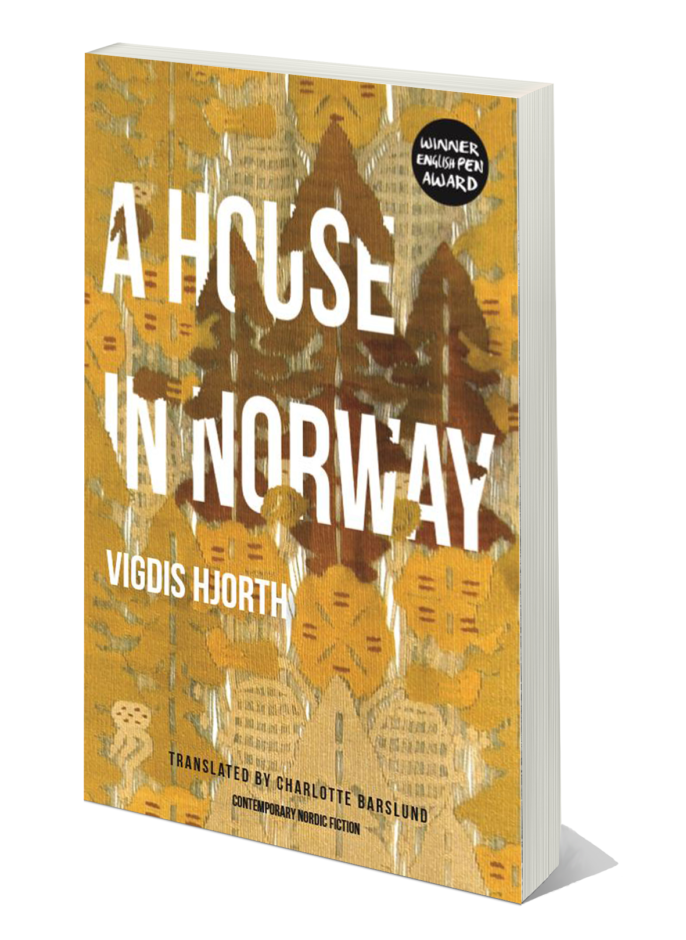
A House in Norway tells the story of Alma, a divorced textile artist who makes a living from weaving standards for trade unions and marching bands. She lives alone in an old villa, and rents out an apartment in her house to supplement her income. She is overjoyed to be given a more creative assignment, to design a tapestry for an exhibition to celebrate the centenary of women’s suffrage in Norway, but soon finds that it is a much more daunting task than she had anticipated. Meanwhile, a Polish family moves into her apartment, and their activities become a challenge to her unconscious assumptions and her self-image as a good feminist and an open-minded liberal. Is it possible to reconcile the desire to be tolerant and altruistic with the imperative need for creative and personal space?

